You might also be interested in:
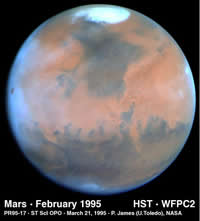
This page is the start of the tour which explains the history of Mars exploration. Use the navigation button at the top of the page to move through the tour. To go to the next page, just press the forward
...more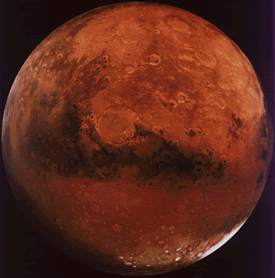
This page is the start of the tour which explores the history of Mars' climate. Use the navigation button at the top of the page to move through the tour. To go to the next page, just press the forward
...more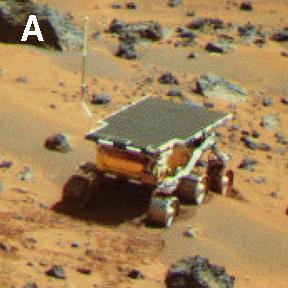
This is a visual tour of photographs taken by the Mars Pathfinder and Mars Global Surveyor missions. Use the navigation button at the top of the page to move through the tour. To go to the next page, just
...more
This page is the start of the tour which explains the carbon cycle of Mars. Use the navigation button at the top of the page to move through the tour. To go to the next page, just press the forward link
...more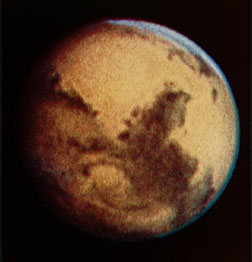
Mars is a bright, red object in the sky. It is very easy to see, which means that even people that lived long ago knew it was there. So, we don't know who discovered it. We do know it was named after
...more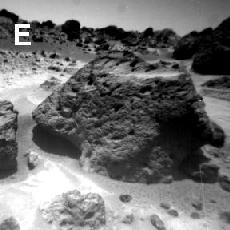
On Mars the surface winds accelerate to higher speeds than those on Earth. These winds can be whipped to an extreme during the frequent Martian global dust storms. The first weather measurements made from
...more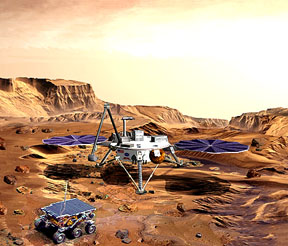
The Mars 2003 mission includes a lander and a rover. The mission will start sometime in May or June, 2003. The lander will carry the rover, and it will use rockets to help it land on the surface. The
...more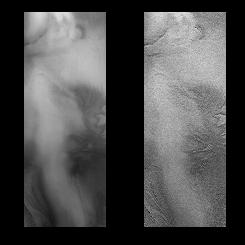
The Mars '98 lander was suppose to land near the south pole of Mars. This picture of the south pole was taken by the Mars Global Surveyor mission. Unfortunately, contact with the Mars '98 lander was lost,
...more
 The Surface of the Earth
The Surface of the Earth The Surface of Mars
The Surface of Mars Comparing the Surfaces of Earth and Mars
Comparing the Surfaces of Earth and Mars The Atmosphere of Mars
The Atmosphere of Mars Life on Mars??
Life on Mars?? Mars Exploration
Mars Exploration Water on Mars
Water on Mars Mars Climate, Now and In the Past
Mars Climate, Now and In the Past Picturebook: Mars Pathfinder/Global Surveyor
Picturebook: Mars Pathfinder/Global Surveyor Exploratour - Carbon Cycle of Mars
Exploratour - Carbon Cycle of Mars Exploratour - The Magnetosphere of Mars
Exploratour - The Magnetosphere of Mars












